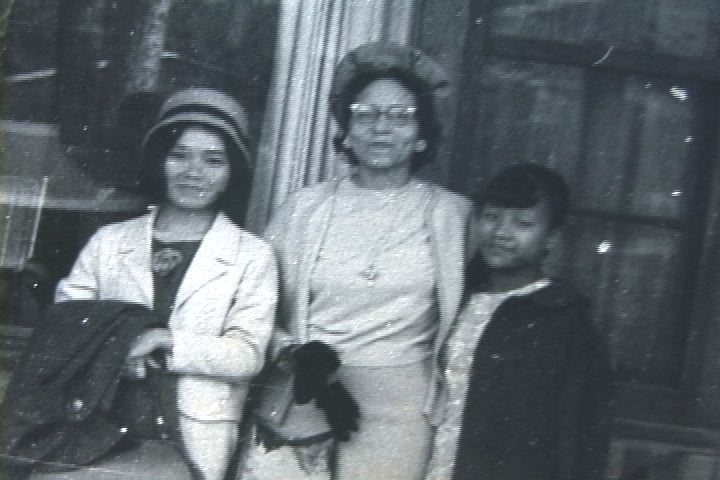“Kiss me, my slave owners were Irish”Posted in Articles, Europe, History, Media Archive, Slavery, United States on 2016-03-13 16:32Z by Steven |
“Kiss me, my slave owners were Irish”
Medium
2015-03-16
As many of you already know, I have engaged with the “we were slaves too!” narrative on multiple forums and platforms for the past few months. Now I plan to explore some of the uncomfortable truths that this mythology tends to obscure. This Saint Patrick’s Day essay will briefly review Ireland’s anti-slavery history before focussing on the more representative and troubling issue of slave ownership among those of Irish descent. What could be more appropriate?
Ireland has a rich anti-slavery history.
Beginning in the fifth century, a former slave to the Irish, Patricius aka Saint Patrick, sent a now famous letter to the Romano-British warlord Coroticus. In this letter, Patricius condemned and excommunicated the soldiers of Coroticus for enslaving his new Christian converts in Ireland and for selling them to non-Christians. This document is one of the earliest anti-slavery texts in existence.
1700s
In the early-eighteenth century, the Irish philosopher Francis Hutcheson was one of the first to break with Aristotle’s theory of “natural slavery” by declaring that natural liberty was a natural right that belonged to all. This ever increasing dissemination and development of enlightenment thought, such as Hutcheson’s, helped to influence the rise of a formidable anti-slavery movement in Ireland, particularly in Dublin and Belfast…
…(i) The ‘Irish’ Slaves
Upon reviewing the various colonial laws pertaining to anti-miscegenation, it is reasonable to conclude that there were voluntary courtships between enslaved black men and free or indentured white women. But the remarkable case of Eleanor Butler illustrates why these unions were rare.
Maryland 1681
Eleanor “Irish Nell” Butler, was an Irish indentured servant who was brought to Maryland by Lord Baltimore in 1661. In 1681 (by then “well free of her indenture”) she choose to marry Charles, who was a black chattel slave. Her punishment for such an indiscretion was that she was to be a slave as long as her husband was alive and that their children were to be slaves. We find that the descendants of Eleanor and Charles were suing for their freedom 100 years later.
But why was Butler punished in this manner? The colonists in Maryland (as in all the other colonies) created racial laws to discourage marriages between white and black, and their 1664 laws stated that
“divers freeborne English women forgettfull of their free Condicon and to the disgrace of our Nation doe intermarry with Negro Slaves”
Lord Baltimore’s remarks to Nell about her fateful decision are revealing of the racism of this era. It is difficult to say if there was anger, concern or bemusement in his voice when he reportedly asked her
“how she would like to go to Bed to a Negro.”
Either way, her defiant reply would have stung..
“I would rather go to Bed to Charles than your lordship.”
Evidently Nell Butler broke the racial line and law out of love not coercion, and it is thus clear that there were rare cases of chattel slaves of Irish descent on their mother’s side.
Conversely, we find that there were many slaves, just like R.R. Madden’s relatives, who had ‘Irish blood’ on their father’s side, i.e. they were the progeny of an Irish slave-master (or his friends or relatives) and his female slave. This is a disturbing chapter that needs to be explored. The rape and sexual abuse of slaves was an infamous practice. Slaves, who were treated as livestock by their white masters and their white supremacist laws, were offered no protection by the State or polity. Slave breeding had become an important consideration for slave owners once the slave trade was banned. Coerced slave breeding between slaves and the rape of slaves by their owners was thus further motivated by the wish to increase the slave population; these slave breeders wanted to extract future capital from present chattel…
Read the entire article here.

